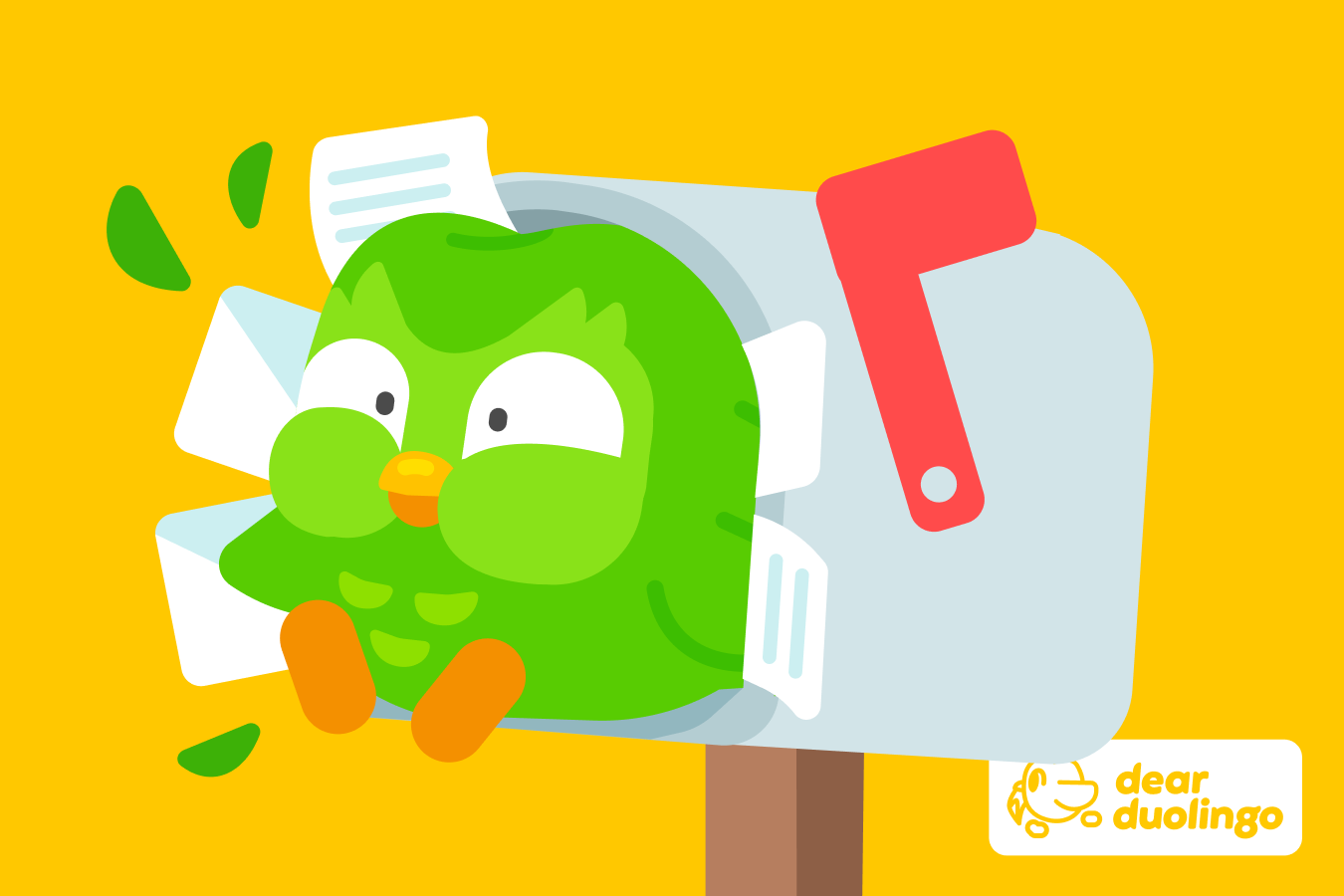Gaelic is Scotland's ancient living language. Spoken for at least 1,500 years, it is woven into the culture of Scotland and the Scottish diaspora. However, like the majority of our planet's 7,000 or so languages, Scottish Gaelic is classified by UNESCO as endangered. In this blog post, we'll discuss reasons to learn Gaelic that range from connecting with the culture of Scotland to playing a role in Gaelic’s recovery and revival.
Back from the brink
Gaelic was once the principal language of the Kingdom of Scotland, stretching from the Northern Highlands to the Southern Borders. However, following the upheaval of the Jacobite Rebellions in the 17th and 18th centuries, the language was heavily persecuted. The infamous Highland Clearances of the 18th and 19th centuries resulted in large swathes of the Gaels being sent overseas, often under great duress; these emigrants took their language to Canada, where they founded Gaelic-speaking communities who still maintain their language and culture today. Back in the British Isles, however, the Education Scotland Act of 1872 effectively banned Gaelic in Scotland's schools. Some of those caught speaking the language faced physical punishment.
Despite everything, Gaelic hung on in Scotland, where it is now spoken by just under 60,000 people. And the seeds of Gaelic’s revival have been sown: in 2005, the Scottish Parliament passed an act aiming to secure Gaelic’s status as an official language of Scotland, and since then the number of speakers under 20 has begun to rise. Around 5,600 children are currently being educated through the medium of Gaelic. Surveys show the majority of Scots view the language favourably, and a growing number of people are learning Gaelic worldwide.
Gaelic now has its own television channel, radio stations, and a short film festival. New dedicated schools are being built. Parents are learning Gaelic with their children and, although challenges remain, the Gaelic community works hard to ensure that there is a tomorrow.
Thig crìoch air an t-saoghal ach mairidh gaol is ceòl.
(The world may end, but love and music will endure.)
By learning Gaelic, you can gain a connection to Scottish culture. Today, Gaelic music is celebrated at festivals such as the Mòd and Ceòlas in Scotland and Celtic Colours in Nova Scotia. Traditional songs and dances are performed and shared at "Cèilidhean" or Ceilidhs. What’s more, some of Scotland’s (and possibly even Europe's) best poetry was written in the language by greats such as Sorley MacLean and Màiri Mhòr. And lately, bands like Runrig and Niteworks and television programmes such as Outlander have sparked a love for Gaelic far and wide. And so much of what we consider Scottish comes from Gaelic culture — bagpipes, Highland dancing and the Highland games, whisky, and tartan, to name but a few. What’s more, from a practical perspective, knowledge of Gaelic is now a real advantage to those seeking work in education, publishing, media, and more.
Now, Gaelic is available on Duolingo, which ensures that anyone who wants to take advantage of what Gaelic has to offer can do so.
'S e am beul a labhras, ach an gnìomh a dhearbhas.
(It is the mouth that speaks, but the deed that determines.)
Duolingo’s Gaelic course provides something that has not existed before: a free and accessible route into Gaelic learning for all. In-person Gaelic classes are not always available or accessible to those who want to learn. But it is crucial that people learn this language in order to maintain its recovery. In such a small language community, every speaker — native and learner — has the power to effect positive change, and Gaelic urgently needs new speakers to help secure its future.
Scottish Gaelic’s Celtic cousins, Irish and Welsh, have shown how smaller languages can thrive on Duolingo. Now, with this course, parents with children in Gaelic-medium education will be able to learn alongside their children. Additionally, Gaelic’s presence on Duolingo will give the language a global stage, which will hopefully in turn raise awareness and encourage learners to visit and explore Gaelic culture in Scotland and Nova Scotia. An increase in the number of people learning Gaelic will then demonstrate that there is a need for further initiatives and opportunities to learn on the ground, which will build local Gaelic-speaking communities.
This course will showcase Gaelic — its sounds, its rich expressiveness and its undoubted quirks — to the largest community of language learners in the world. Explore this fascinating living language here and help ensure a bright future for Scottish Gaelic.
Kieran Joseph MacInnes (Ciaran Iòsaph MacAonghais) is a Gaelic-medium primary school teacher from Fort William in the West Highlands of Scotland. Kieran is Acting Principal Teacher for Gaelic at Rockfield Primary School (Bun-sgoil Achadh na Creige) in Oban and is currently teaching primaries 1, 2 and 3 (ages 5–8). His mother is from the Isle of Eriskay in the Western Isles, and his grandmother and uncle (also from Eriskay) helped record audio for the Gaelic course. He is a keen Gaelic singer, having won the Traditional Gold Medal at the National Mòd in Dunoon in 2018, and also sings with Oban Gaelic Choir. He is married to Rachel (Raonaid) and has a beautiful son (Joseph) and two very large Gaelic speaking cats, Dotag and Feusag.



